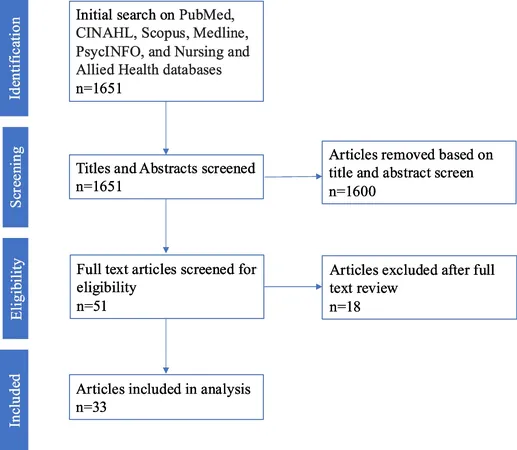
Revolutionary 'Writing' Technique Using Atoms Could Change the Future of Quantum Materials!
2024-09-25
Introduction
In a groundbreaking development, scientists from Oak Ridge National Laboratory (ORNL) have unveiled an innovative technique that allows them to manipulate materials at the atomic level using an electron beam. This method, termed ‘direct writing,’ has the potential to revolutionize how quantum devices are fabricated, paving the way for more advanced technologies.
The Direct Writing Process
Andrew Lupini, the leader of the Scanning Transmission Electron Microscopy (STEM) group at ORNL, explains the process: 'We utilize a high-energy electron beam to scan and create images with atomic precision. Traditionally, however, this technique has been associated with damaging the materials under observation.'
Turning Challenges into Opportunities
Innovatively, the ORNL researchers turned this challenge into an opportunity. By purposefully creating defects in the material using the electron beam, they produced minuscule holes where specific atoms could be inserted. This groundbreaking approach allows for the engineering of materials with tailored properties that could significantly enhance the performance of quantum devices.
Real-time Manipulation of Matter
'By controlling where and how we create these defects, we can place atoms precisely where we want them,' stated Jesse, a member of the research team. 'Our capability to image at the atomic level means we can witness and manipulate matter in real-time.' This unprecedented degree of control equips scientists with the tools to design and create complex materials previously thought impossible.
A Demonstration with Graphene
In an impressive demonstration, the team successfully created tiny holes in a graphene lattice and subsequently filled these voids with tin atoms. This process of atom-by-atom writing not only showcases the potential of atomic-scale synthesis but also suggests a future where simple strategies could become mainstream in the manufacturing of materials.
Broader Implications
The implications of this technique stretch far beyond just graphene; it opens doors for advancements in various fields, from nanotechnology to quantum physics. By integrating automated beam control along with AI-driven analysis, the team envisions a future where atomic-scale synthesis becomes routine and accessible.
Future Perspectives
The scientific community is watching closely as this technology evolves, acknowledging that it could redefine material science and the development of next-generation quantum devices. If successful, it might not only enhance material properties but also lead to significant strides in computational speed and efficiency in electronic devices.
Conclusion
In summary, with this new approach to material fabrication, the realms of possibility are expanding, suggesting a future replete with sophisticated technologies that leverage the precise world of atomic manipulation. Stay tuned to witness how this revolutionary technique unfolds in the coming years!




 Brasil (PT)
Brasil (PT)
 Canada (EN)
Canada (EN)
 Chile (ES)
Chile (ES)
 España (ES)
España (ES)
 France (FR)
France (FR)
 Hong Kong (EN)
Hong Kong (EN)
 Italia (IT)
Italia (IT)
 日本 (JA)
日本 (JA)
 Magyarország (HU)
Magyarország (HU)
 Norge (NO)
Norge (NO)
 Polska (PL)
Polska (PL)
 Schweiz (DE)
Schweiz (DE)
 Singapore (EN)
Singapore (EN)
 Sverige (SV)
Sverige (SV)
 Suomi (FI)
Suomi (FI)
 Türkiye (TR)
Türkiye (TR)